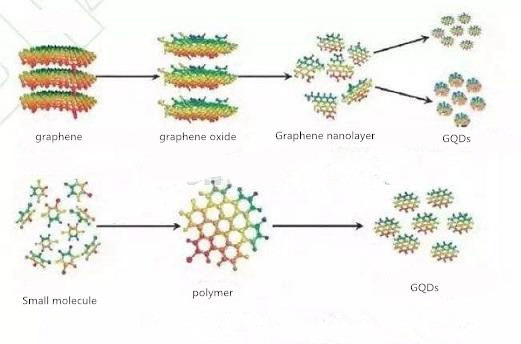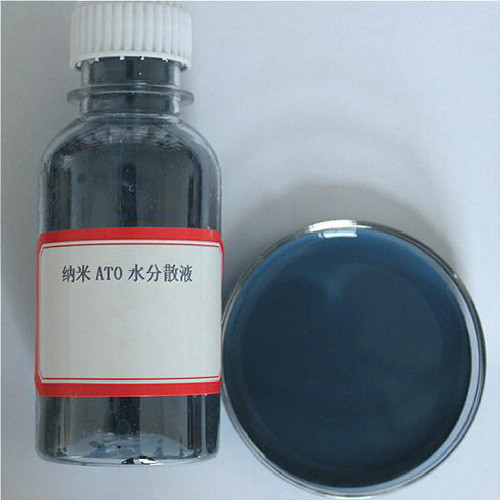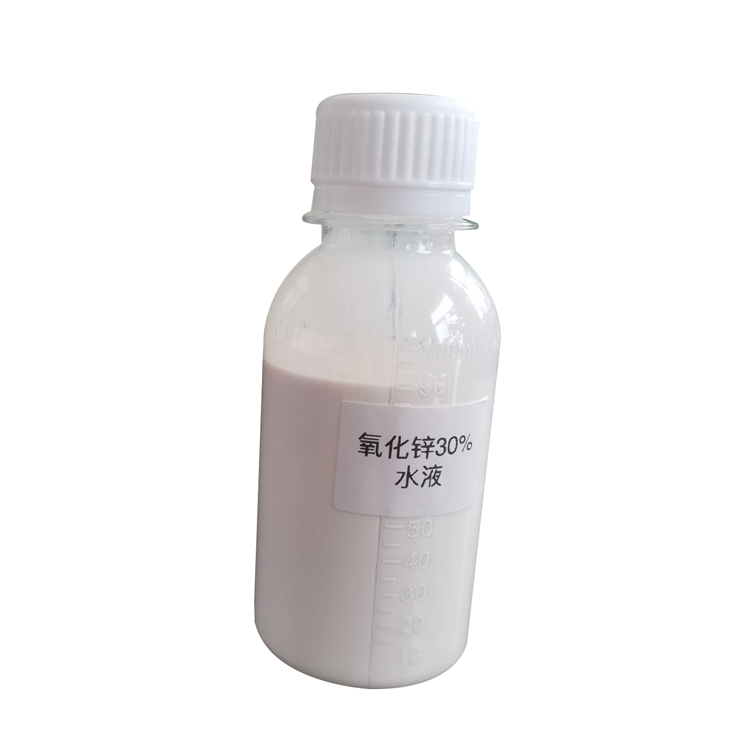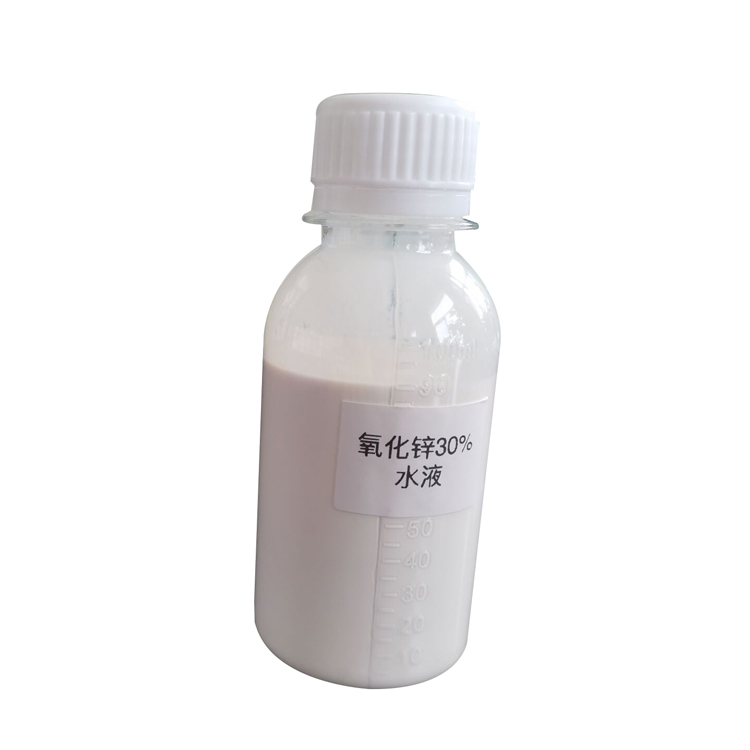Graphene is currently one of the most popular materials for research. It has many excellent characteristics, such as high conductivity, high thermal conductivity, good mechanical properties, etc. Recently, quantum dots made of graphene have also attracted widespread attention. Graphene quantum dots are regarded as important materials for the next generation of optical, electrical, and energy storage devices, and have attracted attention due to their excellent performance advantages in various applications. This article will introduce the properties, synthesis, and applications of graphene quantum dots.

1. Performance of graphene quantum dots
Graphene quantum dots are a new type of carbon material with a diameter typically less than 10 nanometers. Compared with traditional semiconductor quantum dots, graphene quantum dots have the following advantages:
(1) Size adjustability: Graphene quantum dots have adjustable diameters. This enables graphene quantum dots to exhibit various properties and functions in various applications.
(2) Strong optoelectronic performance: The band structure of graphene quantum dots endows them with excellent optical and electrical properties.
(3) Good stability: There are many functional groups on the surface of graphene quantum dots, which can stabilize their surface chemical properties.
2. Synthesis of graphene quantum dots
There are two methods for preparing graphene quantum dots: top-down and bottom-up.
Top-down synthesis
The top-down approach refers to the physical or chemical etching of large-sized materials into nanoscale graphene quantum dots, which can be prepared through solvent thermal, electrochemical, and chemical exfoliation pathways.
The solvent thermal method is one of the many methods for preparing graphene quantum dots, and its process can be divided into three steps: first, the oxidized graphene is reduced to graphene nanosheets under high temperature in a vacuum state; Oxidize and cut graphene nanosheets in concentrated sulfuric acid and concentrated nitric acid; Finally, the oxidized graphene nanosheets are reduced in a solvent thermal environment to form graphene quantum dots.
The process of electrochemical preparation of graphene quantum dots can be summarized into three stages: the stage is the induction period when graphite is about to peel off and form graphene, and the color of the electrolyte begins to change from colorless to yellow and then to dark brown; The second stage is a significant expansion of graphite in the anode; The third stage is when the graphite flakes have peeled off from the anode and formed a black solution together with the electrolyte. In the second and third stages, sediment was found at the bottom of the beaker. In electrochemical reactions, there is an interaction between water and anions in ionic liquids, so the shape and size distribution of the products can be adjusted by changing the ratio of water to ionic liquids. The size of quantum dots prepared from electrolytes with high ion concentration is larger than that of electrolytes with low concentration.
The principle of chemical exfoliation of carbon fibers is to exfoliate the carbon source layer by layer through chemical reactions to obtain graphene quantum dots. Peng et al. used resin based carbon fibers as the carbon source, and then peeled off the graphite stacked in the fibers through acid treatment. Graphene quantum dots can be obtained in just one step, but their particle sizes are uneven.
Bottom up synthesis
The bottom-up approach refers to the preparation of graphene quantum dots using smaller structural units as precursors through a series of interaction forces, mainly through preparation pathways such as solution chemistry, ultrasound, and microwave methods.
The solution chemistry method is mainly used to prepare graphene quantum dots through the solution phase chemistry method of aryl oxidation condensation. The synthesis process involves the gradual condensation reaction of small molecule (3-iodo-4-bromoaniline or other benzene derivatives) polymers to obtain polystyrene dendritic precursors, followed by oxidation reaction to obtain graphene groups, and finally etching to obtain graphene quantum dots.
The microwave principle uses sugars (such as glucose, fructose, etc.) as carbon sources, because after dehydration, sugars can form C=C, which can form the basic skeleton unit of graphene quantum dots. The hydrogen and oxygen elements in hydroxyl and carboxyl groups will be dehydrated and removed in a hydrothermal environment, while the remaining functional groups will still bind to the surface of graphene quantum dots. They exist as passive layers, which can make graphene quantum dots have good water solubility and fluorescence properties.

3. Application of graphene quantum dots
Graphene quantum dots have broad application prospects in multiple fields. Here are some of these applications:
(1) Biomedical field: Graphene quantum dots have good biocompatibility and are widely used in cell imaging, drug controlled release, biomolecular sensing, and other fields.
(2) Fluorescent substances: Due to the high fluorescence intensity and fluorescence quantum yield of graphene quantum dots, they can be used in fields such as displays and fluorescent inks.
(3) Optoelectronic energy storage equipment: Due to the good conductivity and high specific surface area of graphene quantum dots, they can be used as electrode materials for supercapacitors, lithium-ion batteries, and other applications.
In summary, graphene quantum dots have attracted much attention as new materials. Although the preparation methods of graphene quantum dots are not yet mature enough, their broad application prospects in biomedical, fluorescent materials, energy storage and other fields are worth looking forward to



























